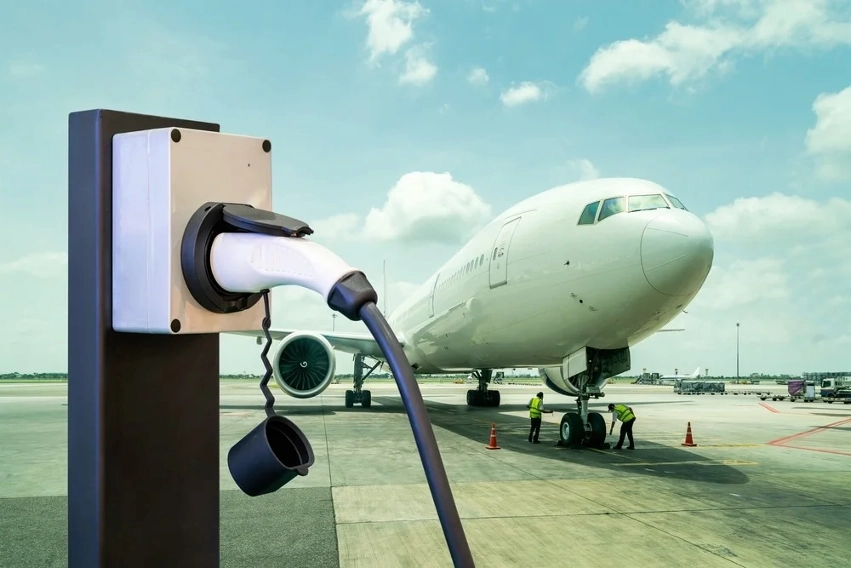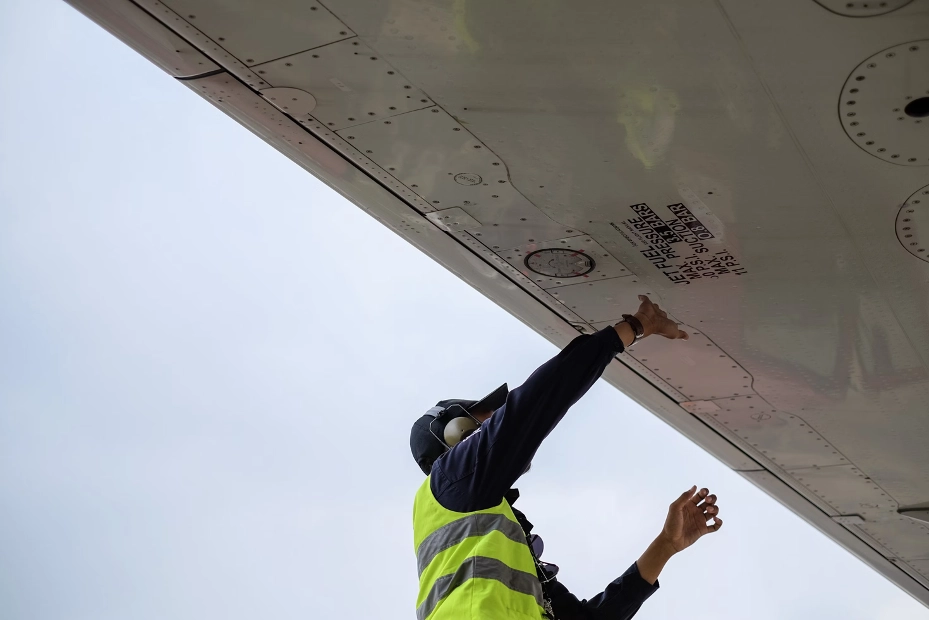
Considering its significant contribution to global climate change, the aviation industry faces increasing pressure to address its environmental impact and reduce emissions. With emission-level abatement regulations and plans in place, the industry is striving to adopt more sustainable practices. According to Statista, the aviation industry's total emissions could potentially decline to 400 million metric tons of carbon dioxide (CO2) by 2050 through the deployment of sustainable aviation fuels. However, without action, this figure could skyrocket to a staggering 1.8 billion metric tons of carbon dioxide. This challenge highlights the urgent need for sustainable solutions within the aviation sector to mitigate its environmental footprint and ensure a greener future.
What strategies should businesses implement?
- Cloud Adoption: Gartner forecasts that by 2028, over 50% of enterprises will adopt industry cloud platforms to expedite their business objectives. Moreover, cloud technology is expected to become a fundamental business requirement by that time. Aircraft manufacturing is no exception to this trend, as it increasingly relies on cloud computing for seamless collaboration, innovation, and data management. Through cloud-based solutions, manufacturers enhance global team communication, streamline collaboration with suppliers and partners, and utilize design and simulation tools for efficient prototyping and faster product launches. This adoption not only improves agility, reduces costs, and accelerates innovation but also contributes to a reduction in the environmental impact associated with traditional on-premises infrastructure.
- Electric Aviation: Electric propulsion is an emerging frontier revolutionizing the aviation industry, offering a promising pathway to decarbonization. While aircraft manufacturers are investing in electric propulsion systems for both commercial and general aviation applications, it is important to recognize that achieving these advancements remains a distant goal. Electric aircraft offers the enticing prospect of zero emissions during flight, with the potential to substantially reduce the industry's carbon footprint. Aspirationally, advancements in electric propulsion technology aim for longer flight ranges, faster charging times, and increased reliability. However, realizing these aspirations requires significant advancements in technology, infrastructure, and investment.

An electric aircraft
- Sustainable Aviation Fuels (SAFs): Sustainable aviation fuels (SAFs) are gaining traction as a viable alternative to traditional jet fuels derived from fossil sources. According to IATA’s estimation, SAF could contribute around 65% of the reduction in emissions needed by aviation to reach net zero CO2 emissions by 2050. SAFs are produced from renewable feedstocks such as waste oils, agricultural residues, and algae. Aircraft manufacturers are collaborating with fuel producers and airlines to scale up the production and use of SAFs, aiming to achieve significant emissions reductions across the aviation sector. SAFs offer a near-term solution to decarbonizing aviation while existing propulsion technologies evolve.
- Sustainable Manufacturing Processes: In addition to using sustainable fuels, aircraft manufacturers are implementing eco-friendly manufacturing processes with the help of technologies. From artificial intelligence (AI), Internet of Things (IoT), to Big Data, advancements in manufacturing are enabling more efficient production methods with lower energy consumption and waste generation. Manufacturers are also embracing circular economy principles, designing aircraft components for easy disassembly, recycling, and reuse at the end of their lifecycle.
- Predictive Maintenance for Reliability: Predictive maintenance utilizes advanced analytics and machine learning algorithms to forecast equipment failures and optimize maintenance schedules. Aircraft manufacturers implement predictive maintenance strategies to minimize unplanned downtime, extend asset lifecycles, and enhance operational reliability. By proactively addressing maintenance issues, manufacturers reduce the environmental impact of aircraft maintenance activities, such as fuel consumption and emissions associated with unscheduled repairs. Predictive maintenance also improves safety and ensures regulatory compliance, contributing to overall sustainability efforts in aircraft manufacturing.

A technician conducting maintenance checks on an aircraft
Towards the future of sustainable aviation
As sustainability becomes increasingly important in the aviation industry, aircraft manufacturers are embracing innovative solutions to reduce their environmental footprint. From predictive maintenance and electric propulsion to eco-friendly manufacturing processes and SAFs, the trends driving change in aircraft manufacturing are paving the way for a greener and more sustainable future of flight in 2024 and beyond.






























